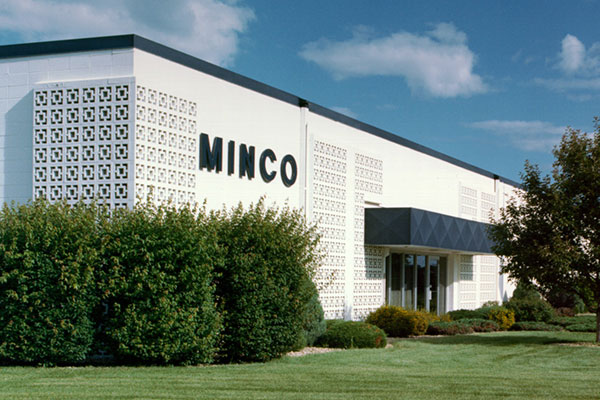FLEX CIRCUIT FAQ
Review the most frequently asked questions regarding Flex Circuits.
The number of copper layers and the physical size are the two main cost drivers for Flexible and Rigid-Flex circuits. To reduce the number of copper layers, consider using blind, buried or micro vias. Also, consider the shape of the part, the more parts we can get on a manufacturing panel, the lower your cost. Contact Adding turnkey components to the flex will also add cost but greatly decrease internal assembly times/costs and increase reliability. Minco or refer to our Flex Circuit Design Guide for more information.
Minco’s standard manufacturing panel is 18” by 24” (457 X 610mm) with a useable area of 16.5” by 22”(419 X 559mm) . Depending on the design, we may use a larger or smaller panel. If your part is physically large, greater than 5” in any dimension, consult Minco about the lay-out, small changes may make a large impact on your cost. Contact Minco or refer to our Flex Circuit Design Guide for more information.
Depending on your design, Minco can make large circuits up to 5’ in length. Contact Minco or refer to our Flex Circuit Design Guide for more information.
IPC Recommendations for bend radius is at least 6 times the thickness for a single layer circuits and range up to 24 times the circuit thickness for a multilayer circuit with a static band. It is possible to exceed these guidelines, but each circumstance is different and has different requirements. Details such as the number of bends, is it bend to install or a rolling/dynamic bend, and the degree of bend all have an influence in how tight of a bend a circuit can take. Most damage occurs when a crease is put into a bend, so it is often recommended for multilayer circuits to be bent or formed around a controlled diameter. Contact Minco or refer to our Flex Circuit Design Guide for more information.
Single layer flex circuits are required for dynamic flexing applications. For applications that would require many bend to install instances, a larger, gentler bend radius is preferred and forming a bend in a controlled manner with tooling is often recommended. Contact Minco or refer to our Flex Circuit Design Guide for more information.
The materials used in flex circuits absorb the moisture content of the environment they are stored in within a few hours. Therefore it is essential to drive out the moisture through a pre-bake step before any soldering process. Failure to do so, can result in delamination during the soldering process. Contact Minco or refer to our Flex Circuit Design Guide for more information.
Consider all concept options that minimizing the number of layers, maximize the number of parts on a manufacturing panel. For example, use two circuits to do the job of one. Two double-layer circuits may be less expensive than one four-layer circuit. But the cost savings of the circuit may be offset by additional assembly requirements. Circuits can also be folded in order to save space and layers. Each situation is unique. A relatively small amount of time invested in project assessment can result in significant savings overall. Contact Minco or refer to our Flex Circuit Design Guide for more information.
Generally any circuit with more than 6 copper layers should be designed as a rigid-flex for maximum via integrity. Additionally, when components are to be mounted on both sides of a circuit, the ability to surface mount on both sides of the board will require a rigid flex.
Contact Minco or refer to our Flex Circuit Design Guide for more information.
The most common failure mode we see is in areas where the flex circuit bends. Conductors will fracture in areas where the bend radius is too tight so Minco recommends letting us know the intended use, and what will happen during your use and installation. Knowing information such as the temperatures the circuit will be exposed to, chemical exposure, locations that will be bent during installation or use, how tight of a bend radius can help us assist you improve reliability and avoid costly designs. It is important to understand that the advantages gained with the lower mass of flex also come with greater concerns for handling as compared with rigid boards and wire harnesses. Contact Minco or refer to our Flex Circuit Design Guide for more information.
